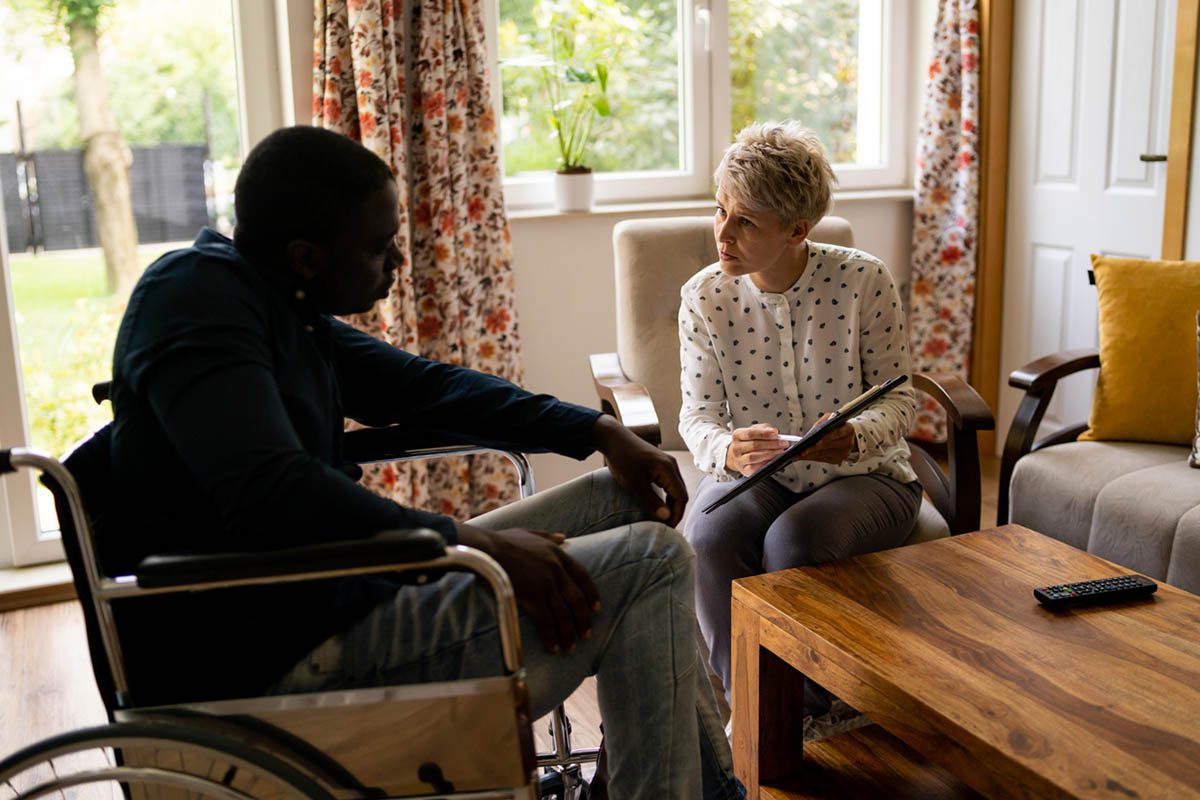Objective: Changes in social behavior are often the first symptoms of neurodegenerative disease. Patients with frontotemporal lobar degeneration (FTLD) often go undiagnosed, or are misclassified as psychiatric patients, because in the absence of cognitive deficits, nonexperts fail to recognize these social changes as dementia symptoms. The object of this study was to improve screening for behavioral dementias in primary care and mental health settings by quantifying spontaneous social behaviors specific to FTLD.
Method: In a university hospital dementia clinic, examiners blind to subject diagnosis performed 1 hour of cognitive testing, then completed the Interpersonal Measure of Psychopathy, an 18-item checklist of observed inappropriate behaviors. Patients then underwent a multidisciplinary evaluation to derive a neurodegenerative or psychiatric diagnosis. Data were collected from 288 subjects: 45 Alzheimer’s disease (National Institute of Neurologic and Communicative Disorders and Stroke-Alzheimer’s Disease and Related Disorders Association research criteria); 40 frontotemporal dementia, 21 semantic dementia, and 13 progressive nonfluent aphasia (Neary research criteria); 14 corticobasal degeneration and 21 progressive supranuclear palsy (Litvan research criteria); 37 dementia with Lewy bodies (McKeith research criteria); 16 vascular dementia (Ischemic Vascular Disease research criteria); 29 mixed vascular and Alzheimer’s disease (Alzheimer’s Disease Diagnostic and Treatment Centers criteria); and 35 primary psychiatric disorder (DSM-IV) patients and 17 normal older controls. The study was conducted from March 2002 to January 2005.
Results: Statistical item analyses demonstrated specific patterns of social behavior that differentiated both frontotemporal dementia and semantic dementia patients from (1) nondementing older adults, (2) nondementing individuals with psychiatric conditions, (3) individuals with cerebrovascular disease, and (4) individuals with other neurodegenerative disorders. Semantic dementia patients verbally and physically interrupted evaluations, spoke perseveratively and tangentially, and resisted clinician redirection. Frontotemporal dementia patients were apathetic or disinhibited and were unconcerned about meeting clinician expectations.
Conclusion: Specific, abnormal, interpersonal behaviors can alert nonexperts to the need for specialized dementia referral.
Please sign in or purchase this PDF for $40.00.
Save
Cite



